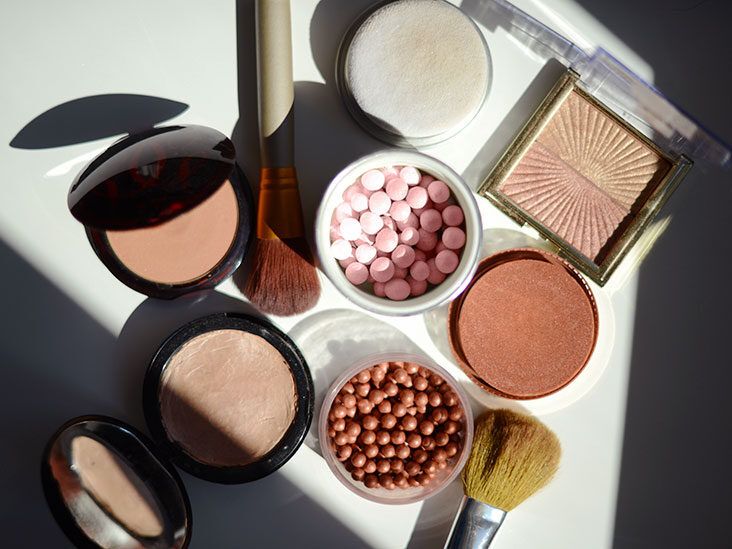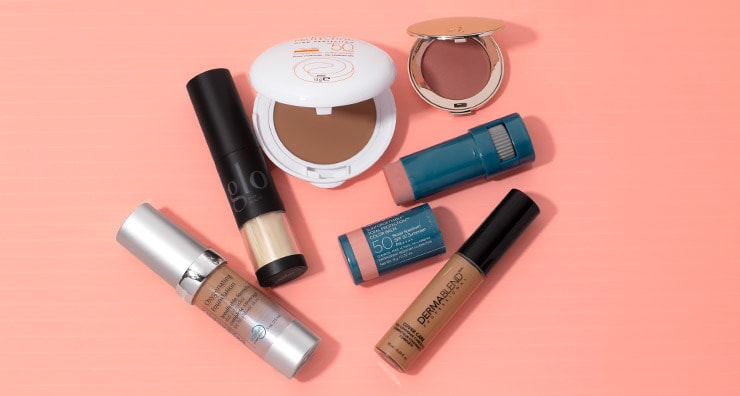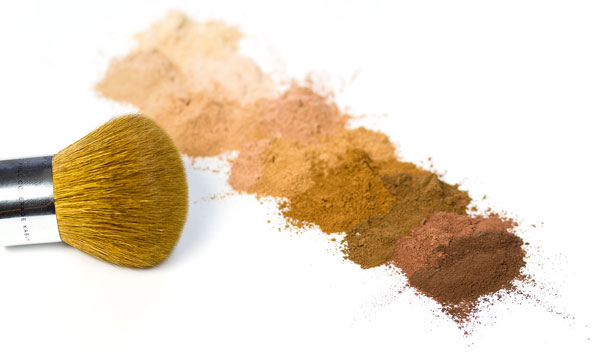In a world where beauty products promise to enhance our natural features, it’s important to be mindful of the ingredients that are actually being absorbed by our skin. Many makeup products on the market today contain harmful chemicals that can have negative effects on our health. In this article, we will explore the top ingredients to avoid in makeup products to ensure that we are nourishing our skin, rather than exposing it to toxins.

Ingredients Linked to Skin Sensitivity and Irritation
When it comes to choosing makeup products, it is important to be mindful of the ingredients that can potentially cause skin sensitivity and irritation. By avoiding certain ingredients, you can help protect your skin and prevent any negative reactions.
Some common ingredients to watch out for in makeup products include:
- Fragrance: Fragrances can be irritating to sensitive skin, so it’s best to opt for fragrance-free products.
- Alcohol: Alcohol can strip the skin of its natural oils, leading to dryness and irritation.
- Parabens: Parabens are preservatives that can cause allergic reactions in some individuals.
- Sulfates: Sulfates can be harsh on the skin and strip away its natural oils, leading to dryness and irritation.
By being mindful of these ingredients and checking the labels of your makeup products, you can help protect your skin from potential sensitivity and irritation. Opting for products with gentle, non-irritating ingredients can help ensure that your skin stays healthy and glowing.
Harmful Chemicals that Can Cause Long-Term Health Issues
When it comes to makeup products, it’s important to be aware of the harmful chemicals that can have long-term effects on your health. These chemicals can not only irritate the skin but also lead to serious health issues over time. By being informed about what ingredients to avoid, you can make healthier choices for your beauty routine.
Here are some common harmful chemicals found in makeup products:
- Parabens: These are preservatives that have been linked to hormone disruption and even breast cancer.
- Phthalates: These chemicals are often found in fragrances and have been linked to reproductive issues and birth defects.
- Sulfates: These harsh cleansing agents can strip the skin of its natural oils and lead to irritation and dryness.
- Formaldehyde: A known carcinogen, formaldehyde is sometimes used as a preservative in makeup products.
By reading ingredient lists and choosing products that are free of these harmful chemicals, you can protect your skin and your overall health. Opt for natural and organic makeup options, or look for products that are labeled as “paraben-free” or “phthalate-free.” Your body will thank you in the long run!
Natural Alternatives to Toxic Makeup Ingredients
When it comes to choosing makeup products, it’s essential to be mindful of the ingredients used in them. Many conventional makeup items contain toxic chemicals that can be harmful to both our skin and overall health. To make an informed decision, it’s crucial to know which ingredients to avoid. Here are some common toxins found in makeup products:
- Parabens: These are used as preservatives but have been linked to hormone disruption and even breast cancer.
- Phthalates: Often found in fragrances, these chemicals are known to disrupt the endocrine system.
- Lead: A heavy metal that can be found in many lipsticks and eyeliners, lead is a neurotoxin that should be avoided at all costs.
- Formaldehyde: Used as a preservative, formaldehyde is a known carcinogen and can cause skin irritation.
Instead of using makeup products that contain these harmful ingredients, consider opting for natural alternatives. There are plenty of natural ingredients that are not only safe for your skin but also offer additional benefits. Some include:
- Coconut oil: A great moisturizer and makeup remover.
- Shea butter: Provides moisture and protection for your skin.
- Essential oils: Can be used for fragrance and skincare benefits.
- Clay: Great for absorbing excess oil and detoxifying the skin.
Tips for Reading Labels and Identifying Harmful Ingredients
When it comes to makeup products, it’s important to be aware of what you’re putting on your skin. Reading labels and identifying harmful ingredients is key to maintaining healthy skin and avoiding any potential irritants or toxins. Here are some tips to help you navigate through the sea of ingredients listed on your favorite beauty products:
- Fragrance: Look out for products that list “fragrance” or “parfum” as an ingredient, as these can contain a mix of potentially harmful chemicals. Opt for products with natural scents or essential oils instead.
- Parabens: Avoid products that contain parabens, which are preservatives linked to hormone disruption and potential health risks. Look for paraben-free alternatives.
- Sulfates: Keep an eye out for sulfates like sodium lauryl sulfate or sodium laureth sulfate, which can strip the skin of its natural oils and cause irritation. Choose products that are sulfate-free.
| Ingredient | Risks |
|---|---|
| Phthalates | Hormone disruption |
| Formaldehyde | Potential carcinogen |
| Mineral Oil | Clogs pores |
By being mindful of the ingredients in your makeup products and opting for cleaner alternatives, you can better protect your skin and overall health. Remember to always read labels, do your research, and choose products that align with your values and health goals. Your skin will thank you!
As you navigate the world of makeup products, it’s important to be mindful of the ingredients that go into them. By being aware of what to avoid, you can make more informed decisions about the products you choose to use on your skin. Remember, your skin deserves the best, so steer clear of harmful ingredients and embrace a cleaner beauty routine. Stay informed, stay beautiful!


















